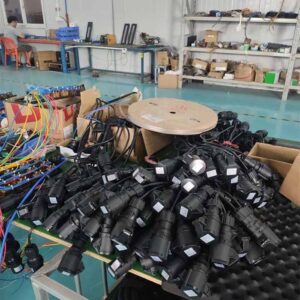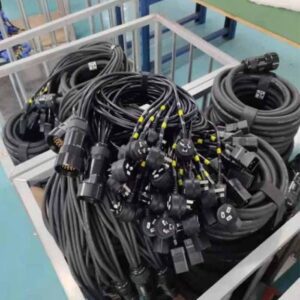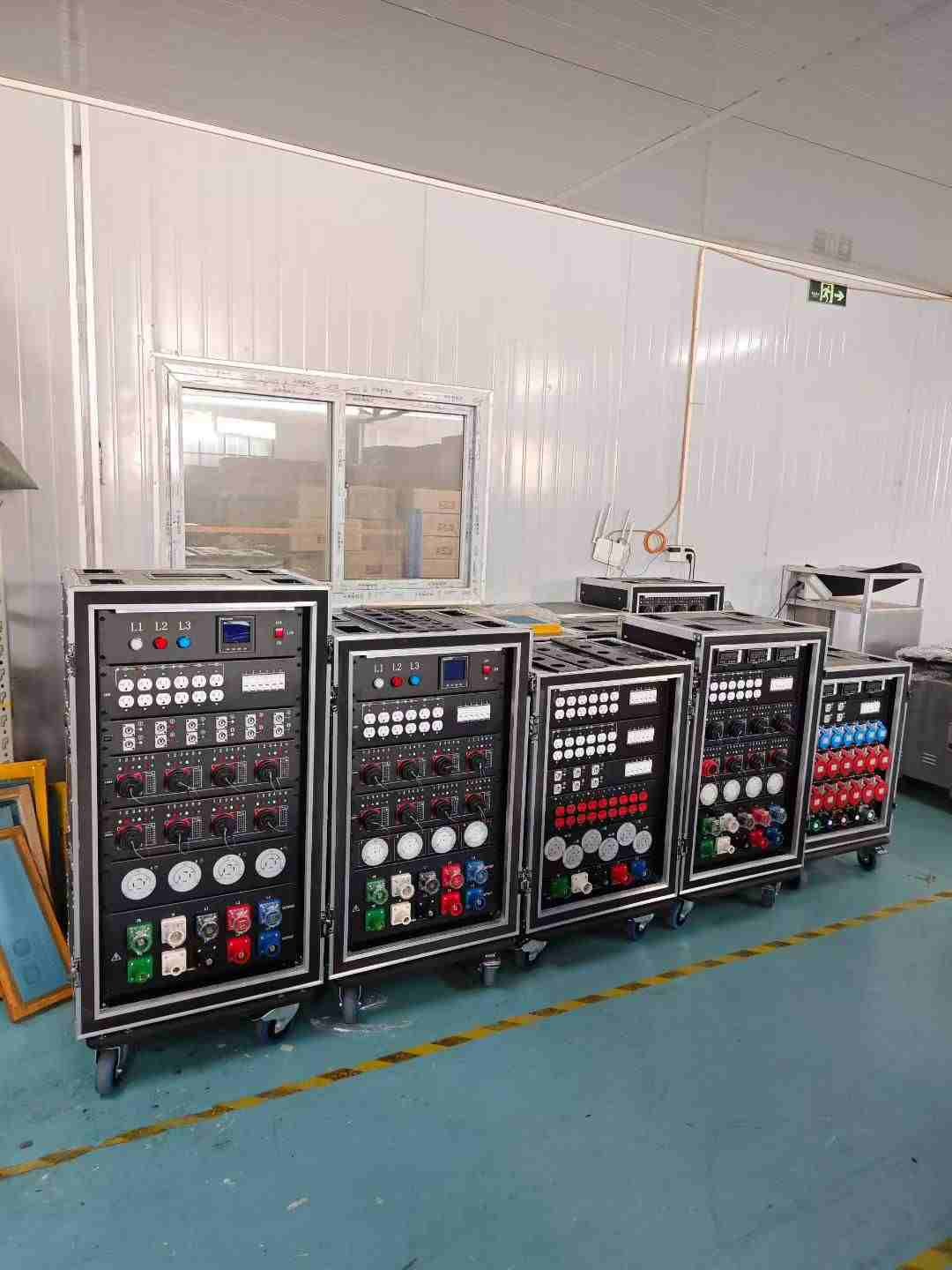¿Qué son los cables eléctricos? Entendiendo la importancia de los cables eléctricos
En el mundo de la electricidad, cables alimentación desempeña un papel crucial para garantizar que los sistemas eléctricos funcionen con eficacia y seguridad. Desde los hogares hasta los entornos industriales, el tipo y la calidad de los cables utilizados pueden influir significativamente en el rendimiento. Este blog profundizará en los aspectos esenciales de cables alimentaciónEn este artículo se explica qué es, cuáles son sus aplicaciones y por qué es fundamental elegir los cables adecuados.
Definición de cables Potencia
En el fondo, cables alimentación se refiere a la capacidad de los cables eléctricos para transportar energía eléctrica de un punto a otro. Estos cables están diseñados para transmitir electricidad minimizando las pérdidas y manteniendo las normas de seguridad. Se utilizan distintos tipos de cables en función de los requisitos específicos de la aplicación, incluidos los niveles de tensión, las condiciones ambientales y los métodos de instalación.
Tipos de cables de alimentación
Cables de alimentación se presentan en diversas formas, cada una de ellas adecuada para diferentes aplicaciones. He aquí algunos tipos comunes:
- Cables de baja tensión: Normalmente utilizados en edificios residenciales y comerciales, estos cables soportan tensiones de hasta 1.000 voltios. Son esenciales para la iluminación, las tomas de corriente y los pequeños electrodomésticos.
- Cables de media tensión: Estos cables, que funcionan entre 1 kV y 35 kV, se utilizan en aplicaciones industriales y sistemas de servicios públicos para transmitir electricidad a grandes distancias.
- Cables de alta tensión: Utilizados para tensiones superiores a 35 kV, los cables de alta tensión son cruciales para transmitir electricidad a largas distancias en centrales eléctricas y subestaciones.
- Cables flexibles: Estos cables están diseñados para aplicaciones portátiles, lo que facilita su desplazamiento e instalación en distintos entornos, como obras o instalaciones temporales.
- Cables blindados: Equipados con capas protectoras, los cables armados son ideales para instalaciones exteriores y subterráneas, protegiéndolos de los riesgos ambientales.
El papel de los cables de alimentación en diferentes aplicaciones
Cables de alimentación es vital en diversos sectores:
- Uso residencial: En los hogares, los cables de alimentación suministran electricidad a la iluminación, los electrodomésticos y los sistemas de calefacción, ventilación y aire acondicionado. La elección de los cables influye en la eficiencia energética y la seguridad.
- Aplicaciones industriales: Las fábricas y plantas de fabricación dependen de cables de alimentación robustos para hacer funcionar la maquinaria y los equipos. Los cables de alta resistencia son necesarios para soportar las elevadas cargas eléctricas típicas de estos entornos.
- Sistemas de energía renovable: Con el auge de la energía solar y eólica, los cables eléctricos son esenciales para transmitir a la red la electricidad generada a partir de estas fuentes renovables.
- Producción de eventos: En conciertos y festivales, el cable de distribución de energía adecuado garantiza que los sistemas de sonido e iluminación funcionen a la perfección, mejorando la experiencia global.
Por qué la calidad es importante en los cables de alimentación
Seleccionar los cables adecuados no es sólo una cuestión de funcionalidad, sino también de seguridad y eficacia. Los cables de mala calidad pueden provocar fallos eléctricos, con el consiguiente riesgo de incendio y daños en los equipos. Por eso es tan importante invertir en cables de calidad:
- Seguridad: Los cables de alta calidad están fabricados para resistir las tensiones ambientales, lo que reduce el riesgo de cortocircuitos e incendios eléctricos.
- Eficiencia: Los cables de calidad tienen menor resistencia, lo que significa que pueden transportar más corriente con menos pérdida de energía. Esto se traduce en facturas de electricidad más bajas y una menor huella de carbono.
- Durabilidad: Los cables bien fabricados están diseñados para durar más tiempo, lo que a la larga proporciona un mayor rendimiento de la inversión.
Consejos para elegir los cables de alimentación adecuados
Al seleccionar cables alimentación para sus necesidades, tenga en cuenta los siguientes factores:
- Requisitos de solicitud: Comprenda las necesidades específicas de su proyecto. Las distintas aplicaciones requerirán distintos tipos de cables.
- Tensión nominal: Asegúrese de que los cables soportan los niveles de tensión necesarios para su aplicación.
- Condiciones medioambientales: Tenga en cuenta dónde se van a instalar los cables. Si van a estar expuestos a condiciones duras, elige cables blindados o resistentes a la intemperie.
- Normas reglamentarias: Asegúrese de que los cables cumplen las normas y códigos eléctricos locales para garantizar la seguridad y fiabilidad.
- Reputación del fabricante: Elige fabricantes de renombre conocidos por sus cables de alta calidad para garantizar la seguridad y el rendimiento.
Conclusión
En resumen, cables alimentación es un aspecto esencial de los sistemas eléctricos, que influye en todos los aspectos, desde la seguridad hasta la eficiencia. Conocer los distintos tipos de cables eléctricos y sus aplicaciones puede ayudarle a tomar decisiones informadas para sus proyectos. Tanto si está cableando una casa, gestionando equipos industriales o preparando un evento, elegir el cable adecuado es vital para garantizar una alimentación eléctrica fiable.
Invertir en cables de calidad no sólo mejora el rendimiento, sino que también protege contra posibles peligros. A medida que la tecnología sigue evolucionando, mantenerse informado sobre los avances en la tecnología del cable le ayudará a adaptarse a las necesidades cambiantes y a garantizar que sus sistemas eléctricos funcionen sin problemas.





